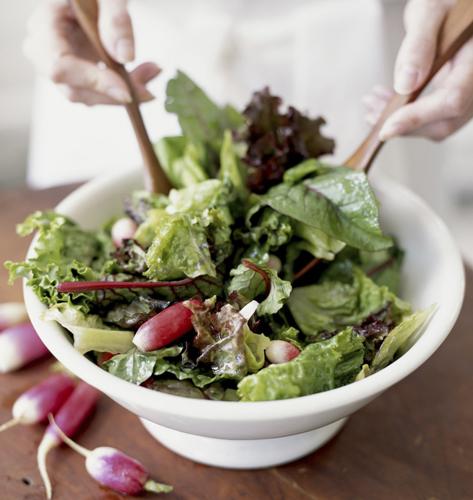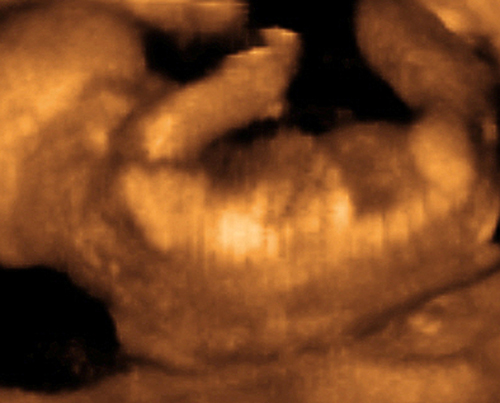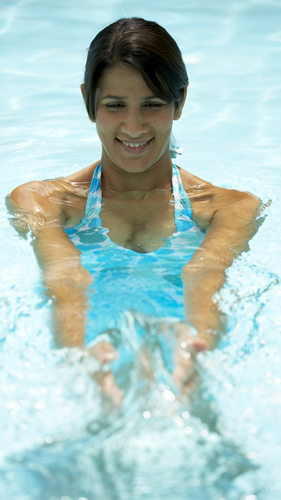You are 18 Weeks and 5 Days 149 days to go…
Your baby’s fingers and toes are fully developed and their unique prints are beginning to form.
Your baby will be a unique individual
and his fingerprints will be proof of this. The ridge patterns in the
dermis that will eventually form fingerprints (and “toeprints”) are
fully developed by this stage of pregnancy. These skin ridges are
genetically determined and, as with most developments, are seen about a
week earlier in the hands than the feet.
Your baby’s sweat
glands appeared in his skin in the eighth week, and will continue to
increase up to 28 weeks; but they do not function until after birth. The
color of your baby’s skin is due to melanin, a pigment produced by
“melanocytes,” specialized skin cells that have now migrated into the
skin. Different skin tones are not due to differing numbers of these
cells but due to the amount and shade of pigment that each cell
produces. Melanin protects the skin from ultraviolet light which damages
DNA.
Although unborn
babies produce melanin pigment, they do not achieve their final amount
of skin pigment until well into childhood. For this reason it follows
that all newborn babies are particularly vulnerable to sunburn.
Dark-skinned babies are likely to have a light skin tone when they’re
born.
Acupuncture
In acupuncture, certain points on the body
associated with energy channels or meridians are stimulated by the
insertion of fine needles. The belief is that these conduct vital energy
or “qi” around the body. Illness or symptoms are associated with an
imbalance of this vital energy.
Acupuncture has
been widely and successfully used in pregnancy and regular treatments
can help to treat a number of health problems:
Acupuncture may be effective in “turning” breech babies, and can also be used during labor to boost energy and relieve pain.
Use a registered practitioner with experience treating pregnant women.
Eating plenty of foods that are rich in vitamin E could reduce the risk of your baby developing allergies, including asthma.
Researchers
believe that low levels of vitamin E during pregnancy could adversely
affect your baby’s lung development or immune system. To boost your
intake, improve your diet rather than taking supplements. If you eat
more than you need, vitamin E is stored in the body for future use.
Boost your intake of vitamin E by eating salad greens, green leafy vegetables, nuts, avocados, eggs, and wheatgerm.

You are 18 Weeks and 6 Days 148 days to go…
At around this time you’ll have another scan, and your baby will get a thorough health checkup.
Your baby today
Your baby appears to be quite thin on early scans. Fat reserves
are not yet laid down underneath the skin, which can seem quite thin and
almost transparent. An ultrasound image also highlights the underlying
bony skeleton, enhancing this effect.

From 18–20 weeks most doctors’ offices or hospitals
offer a detailed ultrasound scan, which is termed an “anatomy” scan.
The scan is used to check the baby’s overall development and examine his
organs and body systems (see Your 20-week Scan)
to check for signs of problems. For most women and their partners, this
scan will reassure them that all is progressing well with the baby’s
development.
The scan can take some
time to perform because of the detailed measurements and investigations
taking place. The sonographer can only do the checks when the baby is in
the correct position—this can be a challenge, given that the baby is
likely to be moving around a lot. If the position of your baby makes it
difficult to do all the checks, you may be asked to walk around for a
little while and then return, or even to come back in a week or two for
another attempt.
Exercising in water
Water is a great environment to work out in during pregnancy: the added support for your belly and extra resistance will enable you to maintain your fitness.
When standing, the
water should be just above your waist—too deep and you will not be
stable enough and too shallow and you won’t get enough support from the
water.
You are likely to find
pregnancy water aerobics classes at your local gym, but here are a few
simple exercises you can do yourself:
Running in place:
bring your knees up and push your arms forward and back in a pumping
motion. Run for 3–4 minutes, if possible, but always stop if you feel
tired. This exercise has cardiovascular benefits, and will help tone
your legs and arms.
Bicycle exercise:
stand in the water and place a float under each arm. Once you’re
comfortable, lean back slightly and move your legs in front of you as if
you are rotating the pedals on a bicycle. Continue the cycling motion
for 3–4 minutes, if possible, but always stop if you feel tired. This
exercise will help you maintain your fitness and help tone your legs.
It’s also a good way to strengthen your back and arms.
Arm exercises:
stand with your feet apart and knees slightly bent, then crouch to
submerge your shoulders in the water. Lift your arms from your sides to
the height of your shoulders and back down again. Pull your arms down in
the water toward you and push up as hard as you can (see image). This exercise will help tone and strengthen the muscles in your arms, back, and abdomen.
